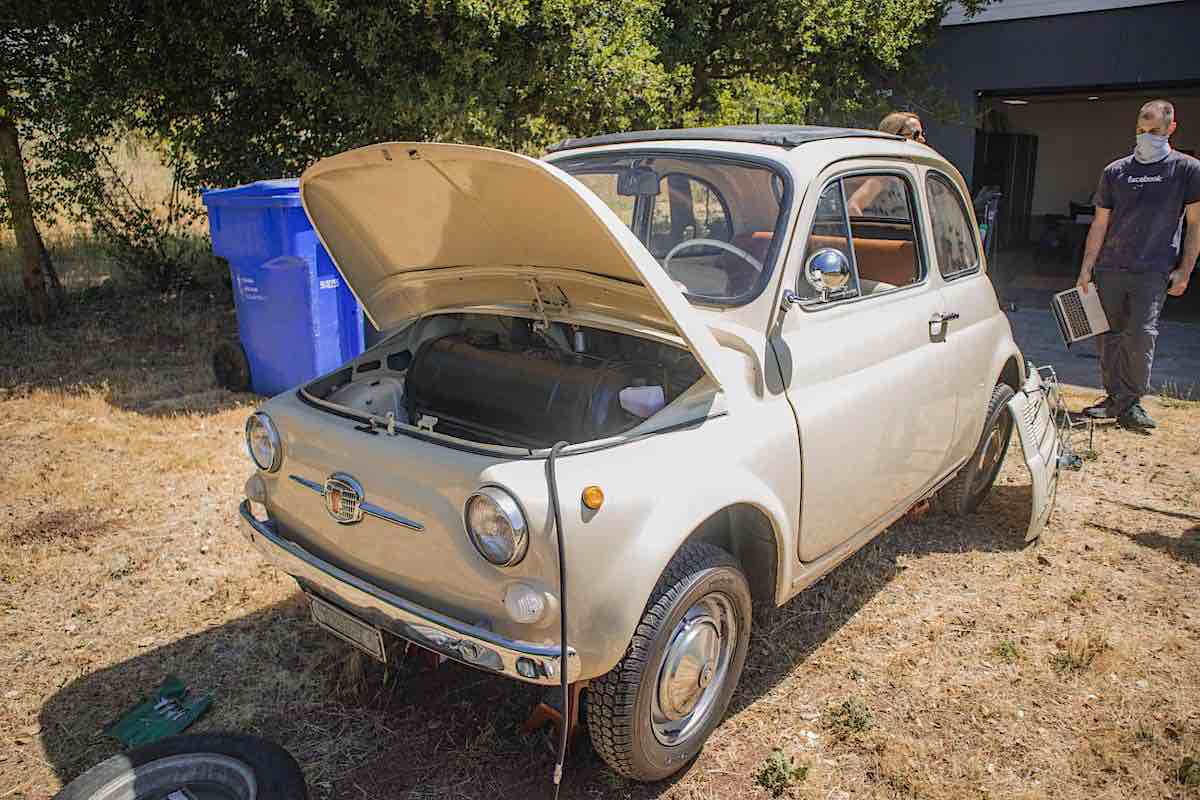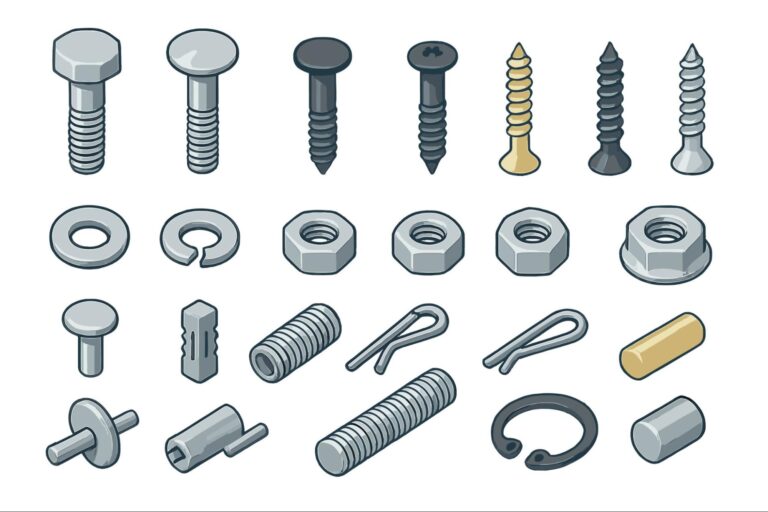Time to read: 3 min
When it comes to an electric vehicle conversion, naturally, designing and installing the electrical system is an indispensable part of the process. It’s in the name, after all! In this article, we’ll discuss how we designed the new electrical system for our EV car conversion project, affectionately known as Butterball. You should also check out our articles on the origin of the project, our mechanical design, and prototyping and part sourcing efforts.

When you start with a big engineering project like this, job one is to determine the requirements for both design and testing. For Butterball, we wanted the electric version of the car to have at least 50 miles of range with a top speed of 65 miles per hour.
With these requirements in mind, we went about selecting a motor and battery. The speed requirement informed the mechanical output power required, which made it easier to select the electric motor. The range and drive cycle, or proportion of speeds (100% highway, 50/50 highway/city), would inform the capacity (in kilowatt-hours) of the battery required. Another battery-related constraint we had to consider was space we had to account for how many batteries could actually fit in the car to deliver the voltage for the power output required.
Calculating the Required Motor Speed
First, let’s look at how we calculated the necessary motor speed. This handy equation below uses the vehicle speed (50 mph), wheel rotations per mile (1060, based on the circumference of the wheel), and the overall gear ratio (6.66 in third gear).

We also used a spreadsheet to calculate this motor speed for a range of vehicle speeds and different gears.


P = 0.5 x 1.225 x (22.35)3 x 1.75 x 0.55 = 6581 W = 8.83 hp at 50 miles per hour
Here is what all those variables stand for:
- p is the density of air at sea level (1.225 kg/m3)
- V is the speed of the car
- A is the cross sectional area, or the area of the front of Butterball (1.75 m2)
- Cd is the drag coefficient, 0.55
We also used a spreadsheet to calculate the power requirement for different vehicle speeds:

Those formulas told us that in order to go 65 miles per hour on the freeway, we needed 19.5 horsepower. And it so happened that the motor we were considering, the AC20 72V, packs 48hp, more than double what we actually needed — this thing’s going to be quick!
Battery Selection
On to the batteries! Once we knew the motor output power, we needed the motor efficiency to figure out the required motor input power from our battery pack. From the manufacturer, we learned that our motor has an efficiency of 92%.
We didn’t have a power requirement for acceleration, so we established bounding requirements: our minimum acceptable power was equal to the original Fiat drivetrain, or about 17hp.
So, we figured out our required input power by using our equation for motor input below:

For the maximum required power, we used the demand from the AC20 72V motor.

With the knowledge of the motor input power range, all that was left was determining the battery capacity necessary. Our requirement was to be able to go 50 miles, so we determined that 3 battery packs, 2 in the back and 1 in the front, would be sufficient.
To learn more about the Butterball build, check out our articles on mechanical design, part sourcing and prototyping, and our introduction to the project!
Want to learn more about how Fictiv can help with your next project? Whether big or small, we have 3D printing, CNC machining, and injection molding services that will help you unlock your innovation and bring your ideas to fruition.










